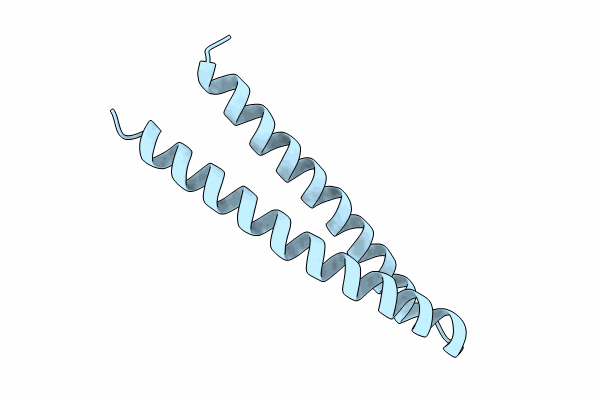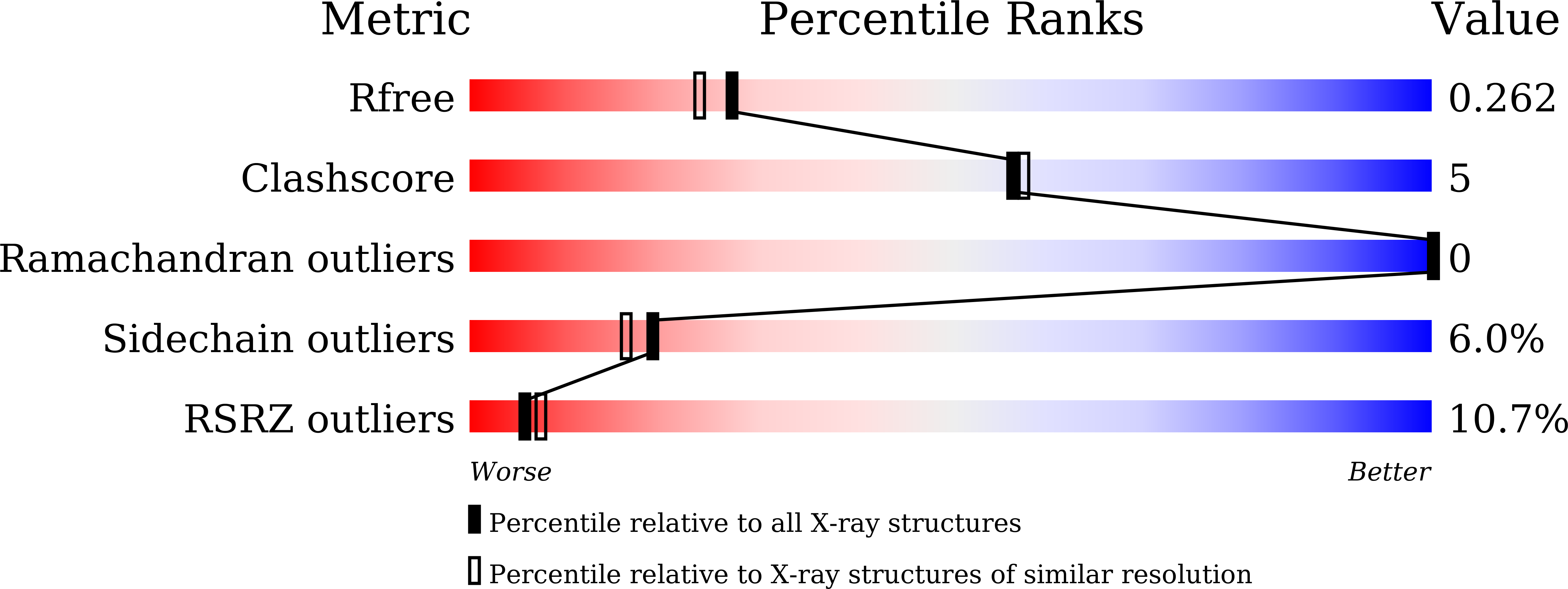
Deposition Date
2023-02-10
Release Date
2024-02-14
Last Version Date
2024-06-26
Method Details:
Experimental Method:
Resolution:
2.10 Å
R-Value Free:
0.25
R-Value Work:
0.23
R-Value Observed:
0.23
Space Group:
P 64 2 2


